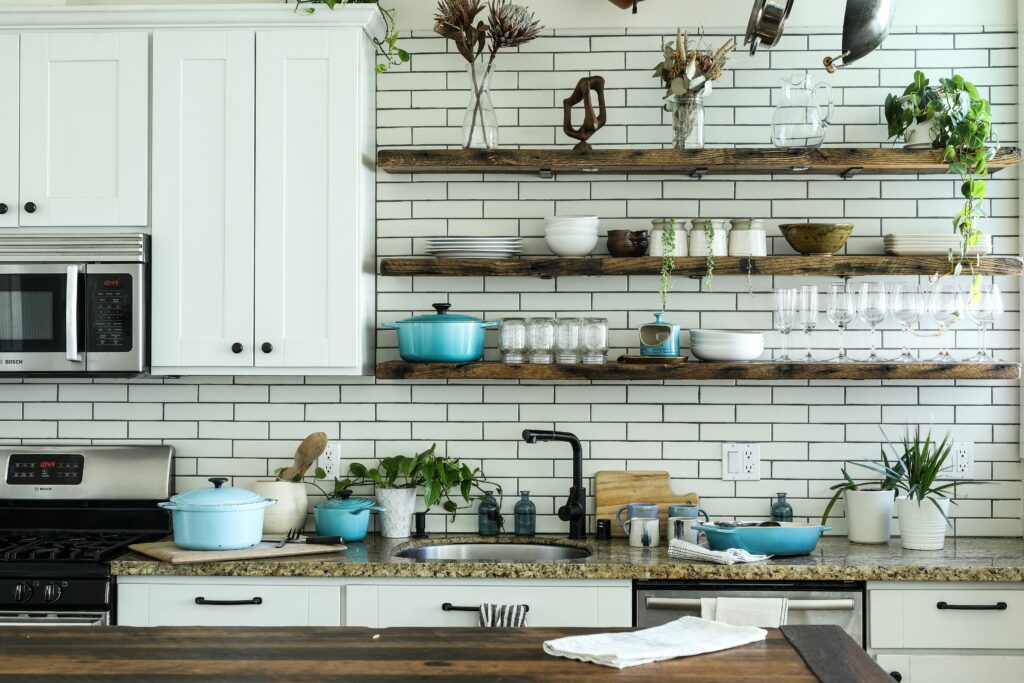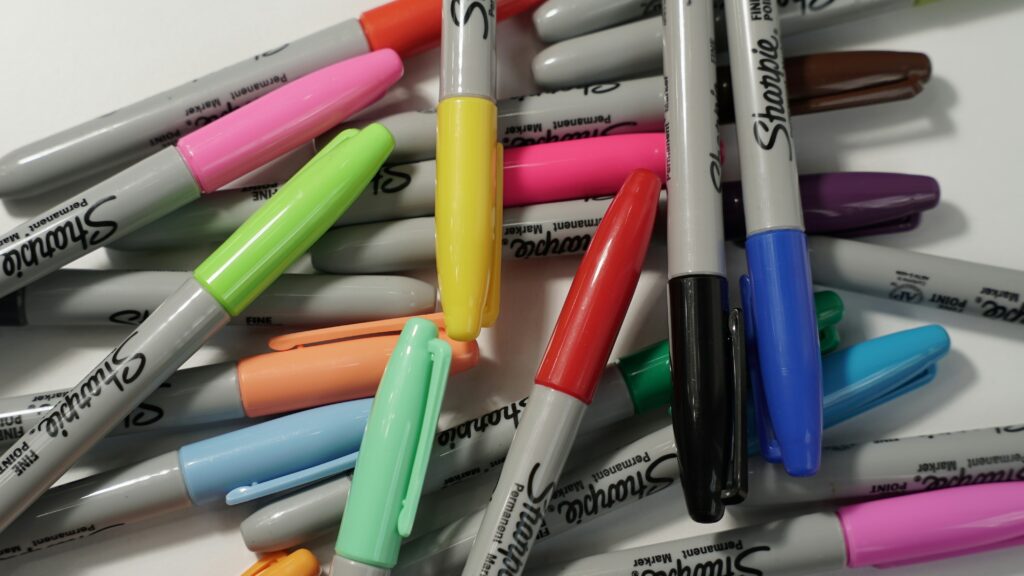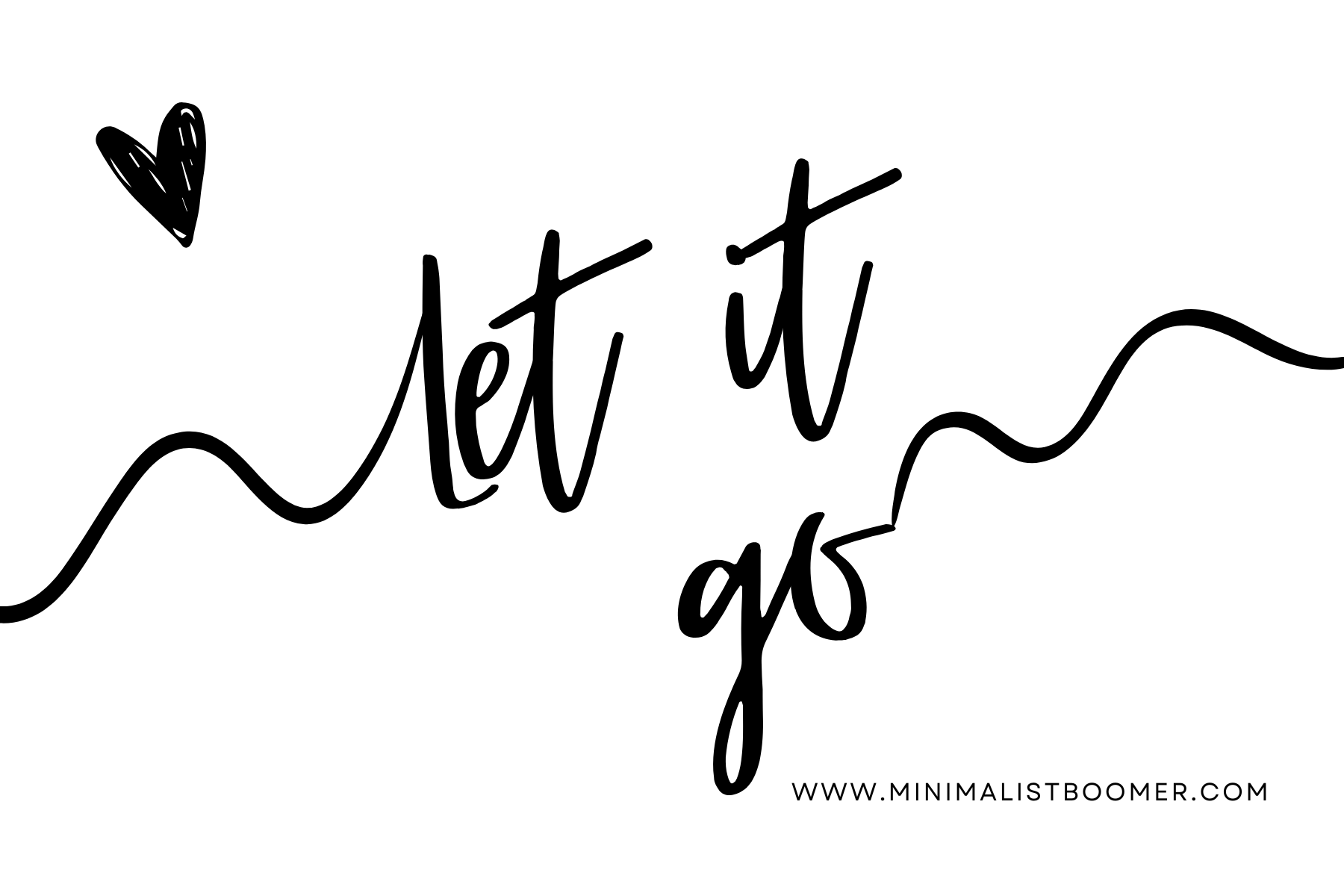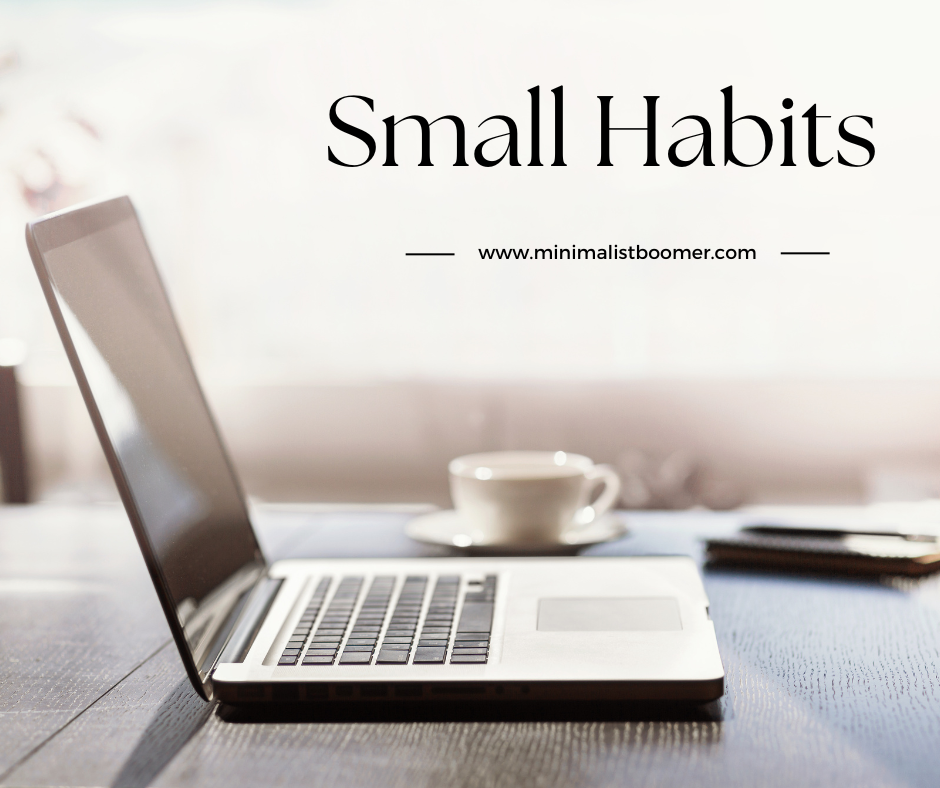Do you ever look around and wonder why you own so much stuff? Minimalists know that true happiness doesn’t come from things. By letting go of items many assume are essential, we create space in our lives for what matters most. Let’s look at a few of these easily forgotten “necessities.”
What do minimalists let go of? It might surprise you how much of what we consider essential really isn’t necessary. Let’s explore some of the most common things minimalists live without—things you might not miss either.
Overflowing Closets
Minimalists don’t need closets stuffed with clothes for every possible situation. Instead, we stick to a wardrobe that works. A handful of well-fitting, versatile pieces often replace dozens of forgotten outfits. Ask yourself: do you really need five pairs of nearly identical jeans or shoes that never leave the house?
Consider creating a capsule wardrobe, which is a small collection of purposeful clothing that you can mix and match and make work in a variety of situations. Timeless neutrals and quality fabrics often win over fashion trends. By cutting down on clothing, you’ll save time, money, and space.
Quick Tip:
If you’re overwhelmed by your wardrobe, try the “hanger trick.” Turn all your hangers backward. Only flip them when you wear something. After six months, donate anything you haven’t touched.
Kitchen Gadgets You Never Use

How many single-use kitchen tools are hiding in your cabinets? Do you actually need a banana slicer, a gravy boat, or that bulky popcorn maker? Minimalists often keep only the basics—think a quality set of sharp knives, a few pots and pans, a set of measuring cups and spoons, and utensils. These essentials work for nearly any recipe.
Fancy appliances like bread makers or juicers might seem appealing, but how often do they gather dust instead of getting used? Simplifying the kitchen clears mental clutter and makes cooking more enjoyable.
Thought Starter:
If you haven’t used a gadget in the past six months, it’s probably safe to say you don’t need it.
Excess Furniture
It’s easy to fill rooms with furniture, but much of it is unnecessary. Minimalists focus on functionality and flow, keeping only what’s needed. Extra chairs in the dining room or that unused side table might just be taking up space.
Think about how your furniture serves you. Is it comfortable? Does it make the room feel spacious or cramped? Removing unused or oversized pieces can make your home feel lighter and more welcoming.
Decorative Items Without Meaning
Minimalists avoid random knick-knacks. We choose fewer decorations and prefer ones that hold sentimental value or serve a purpose. Instead of shelves full of trinkets, we might display a single family photo or a souvenir with real meaning.
Cluttered spaces can feel overwhelming and distracting. By clearing out items that clutter up our space, minimalists create homes that are calm and intentional.
Paper Piles and Junk Drawers
Paper clutter creeps in fast. Bills, coupons, old receipts—these things pile up before you know it. Minimalists handle paper as it comes in—scanning, shredding, or recycling what’s no longer needed.
Junk drawers are another spot minimalists tackle. We may keep essentials like scissors or batteries, but random cords, pens that don’t work, or outdated tech devices are thrown out.
Action Step:
Go through one drawer today. Ask, “Do I genuinely need this?” You might surprise yourself with how much you can toss.
Multiples of the Same Item

Minimalists often question the need for duplicates. Do you really need three sets of measuring cups or four pairs of scissors? Probably not. We embrace the “one is enough” mindset, keeping only what serves a purpose.
This principle doesn’t mean doing without essentials—it just means not holding onto spares “just in case.” And let’s be honest—how often do those extras come in handy?
Subscriptions and Memberships We Don’t Use
Streaming services, gym memberships, magazine subscriptions—these quietly drain money each month. Minimalists regularly review recurring payments to see what’s worth keeping.
Unused memberships aren’t just a waste of money; they also create a mental burden. Canceling what you don’t use simplifies your finances and clears mental space.
Sentimental Items Stored Out of Sight
Minimalists are thoughtful about keepsakes. Instead of hoarding boxes of old photos or souvenirs in a closet, we keep a few meaningful items visible. The rest often gets digitized or donated.
This doesn’t mean letting go of every memory — it’s just being intentional about what to keep. Letting go of items doesn’t erase experiences; it makes room to enjoy the present.
Overloaded Digital Devices
Minimalists don’t just declutter our physical spaces — we also organize our digital lives. Hundreds of unused apps, blurry photos, and unread emails can weigh you down. Regularly deleting what’s unnecessary creates a cleaner, calmer experience.

Start small. Delete apps you never use and unsubscribe from email lists that no longer serve you. A tidy digital space can feel as liberating as an uncluttered home.
Expensive Hobbies We Don’t Love
Minimalists often reevaluate how we spend our time and energy. Hobbies that require pricey equipment or don’t bring happiness are replaced by simpler activities. Hiking, reading, or spending time with loved ones often take priority over costly, complicated pastimes.
If a hobby feels more like a chore than a passion, it might be time to rethink it. Minimalists focus on experiences that truly fulfill us.

Living with less isn’t about deprivation, it’s about freedom. Minimalists let go of things that weigh us down, making room for what matters most. Whether it’s clearing out your closet, canceling an unused subscription, or tackling that junk drawer, small steps can lead to big changes.
Ready to try? Start with just one category. You might be surprised at how little you truly need to live a full, focused life.




